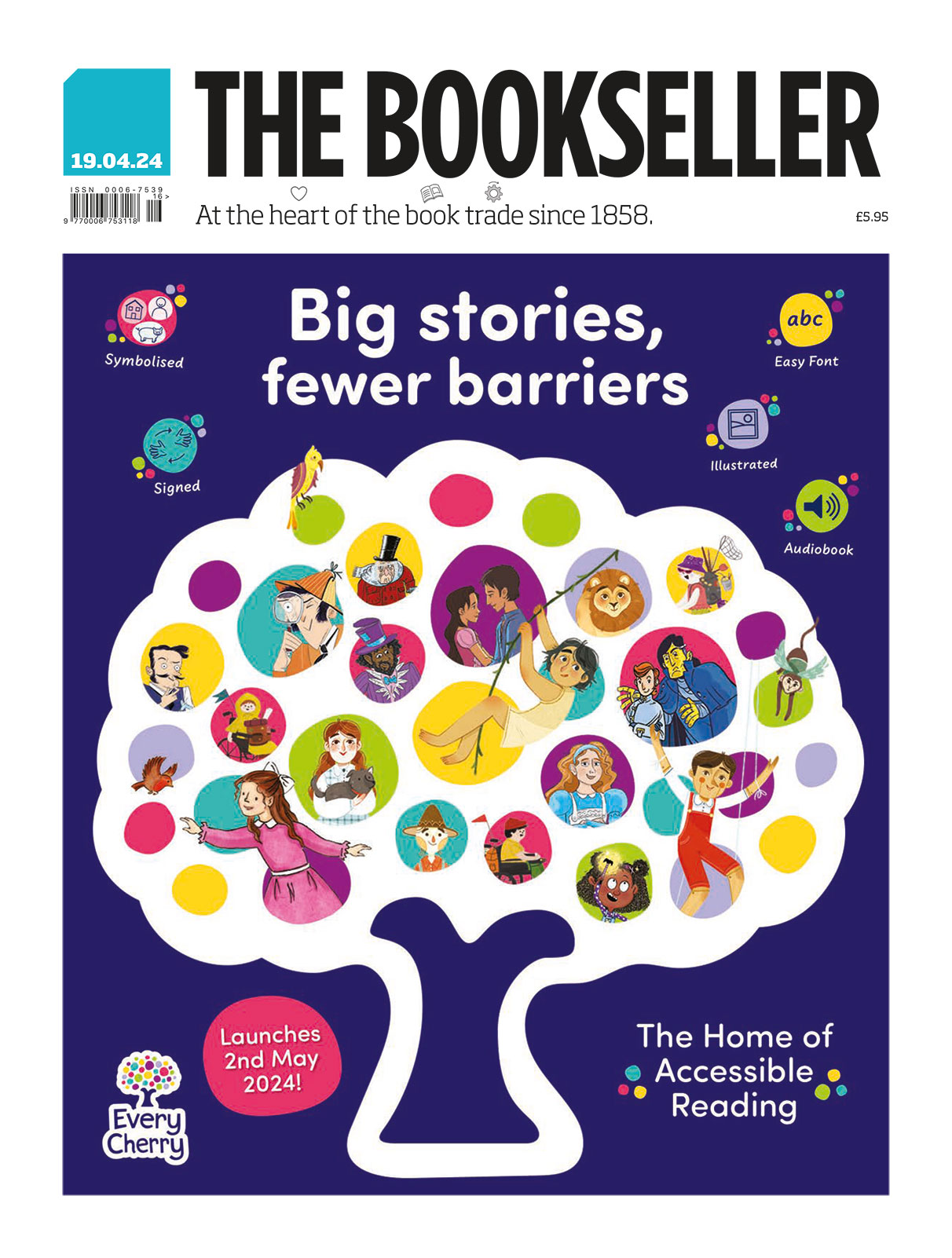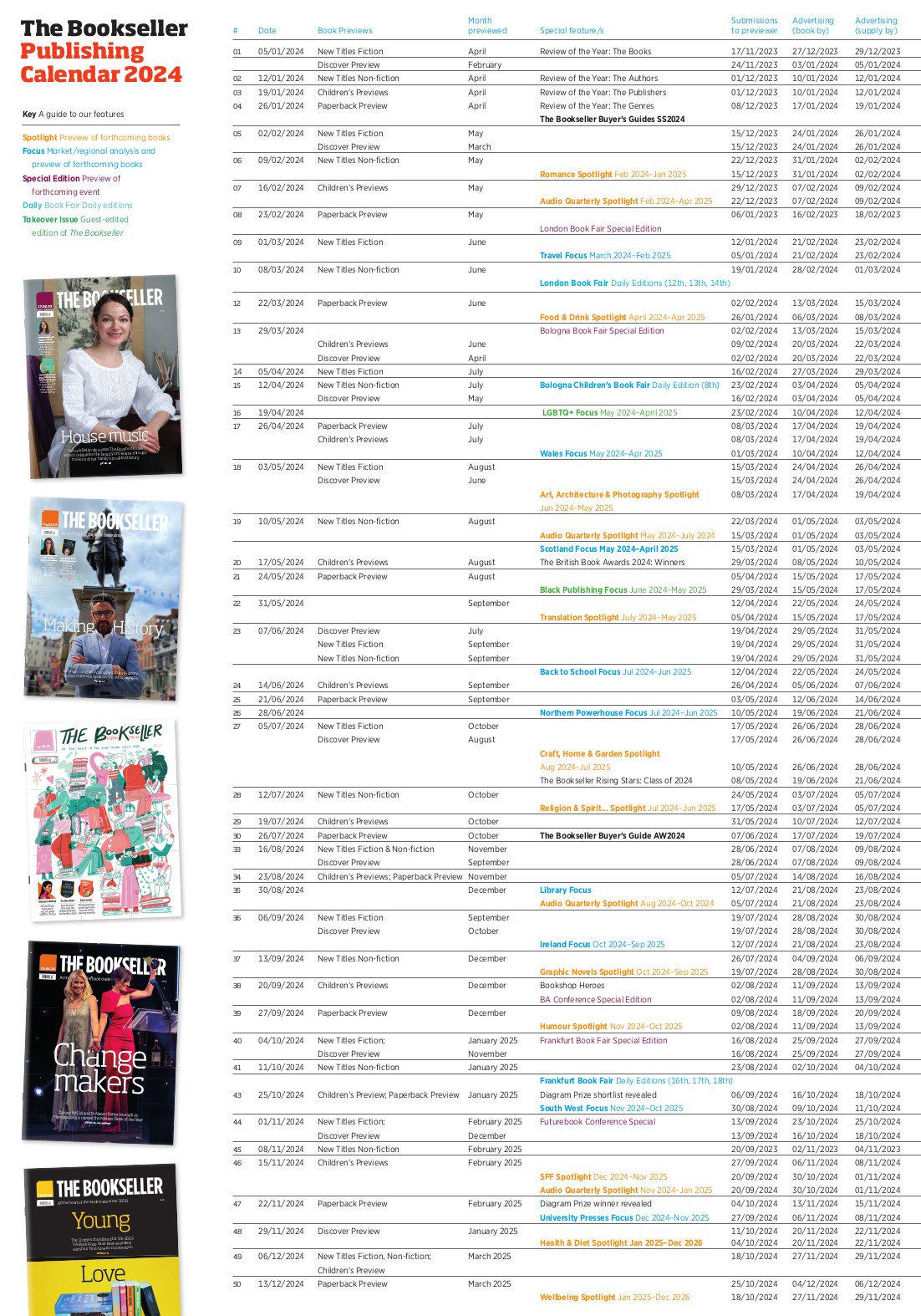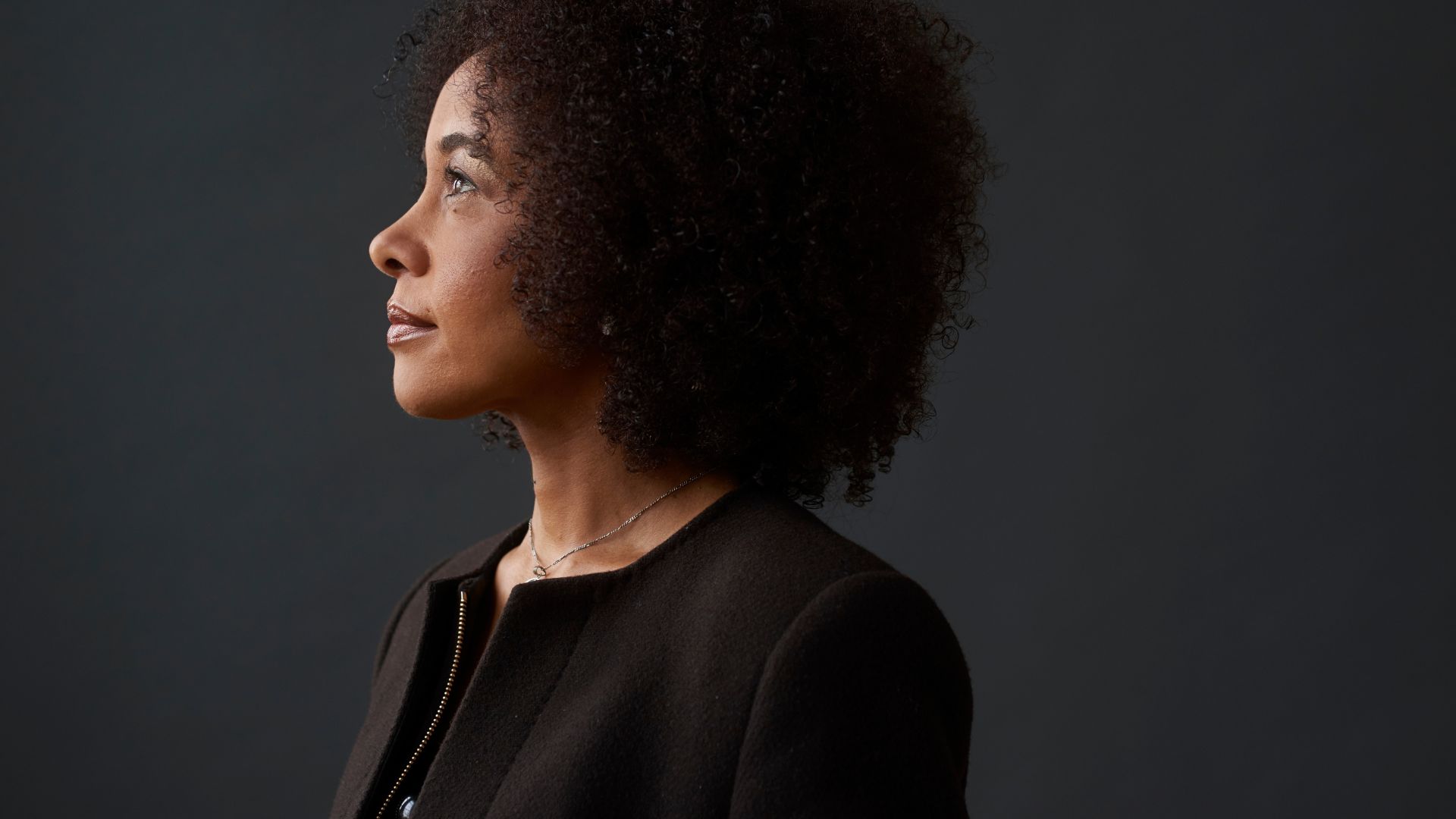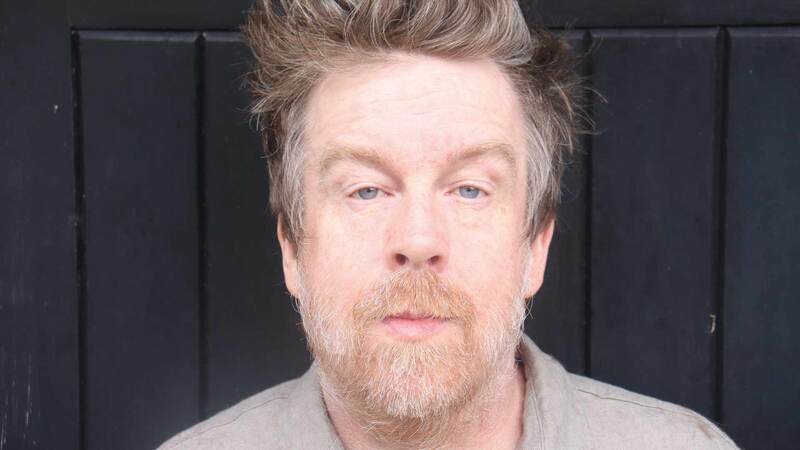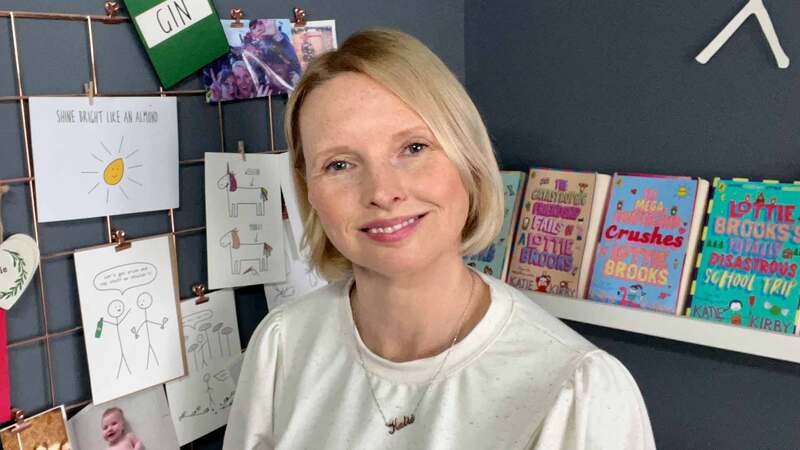You are viewing your 1 free article this month. Login to read more articles.
Diana Evans discusses A House For Alice, representation and amplifying voices
 Madeleine Feeny
Madeleine FeenyNew Titles Fiction Previewer
I compile the monthly New Titles: Fiction. A freelance critic and editor, I previously held ...more
Diana Evans returns to the characters of her award-winning Ordinary People after eight years—and many dramatic events.

New Titles Fiction Previewer
I compile the monthly New Titles: Fiction. A freelance critic and editor, I previously held ...more
Diana Evans was working on a children’s adventure story when she realised she had unfinished business with the characters from Ordinary People, her third and most recent novel, published in 2018. “I could hear them talking in my head and I saw that the project I began with Ordinary People was much larger than I had originally intended,” she says. Ordinary People won the 2019 South Bank Sky Arts Award for Literature and was shortlisted for the Women’s Prize for Fiction, the Rathbones Folio Prize and the Orwell Prize, establishing her as a major voice in politically engaged literary fiction.
Picking up the thread in 2017, eight years on from the end of Ordinary People, A House for Alice is an orchestral, richly textured portrait of interconnected middle-class Black lives in contemporary London, framed by social and political context. Witty, poignant and emotionally acute, it spans three years and three generations, and features familiar characters, such as Michael and Melissa, and some unfamiliar, such as Michael’s effervescent new wife Nicole. Many are caught in “the middle-aged sandwich”, spread thinly between children and ageing parents, and are being forced to come to terms with professional or personal disappointments.
Evans was aiming for a broader canvas, and as the novel has so many strands, I’m not surprised to hear she sometimes felt daunted by its ambitious scope. Nonetheless, it only took her three years to complete, compared to Ordinary People’s seven, and it could be the second in a trilogy—the third instalment would begin in 2028, eight years on from the end of A House for Alice. At the story’s heart is Alice Pitt, an elderly Nigerian woman who came to the UK 50 years earlier, never felt fully integrated, finally left her domineering husband Cornelius—whose death in a house fire on the same night as the Grenfell tragedy began opens the book—and wants to live out her days in her homeland, where a house is being built for her. But her three grown-up daughters have their own ideas, and clash over their mother’s future.
The comedy seems to come alongside the darkness in my writing
Alice is partly an invocation of Evans’ mother, who hasn’t read the book but knows she is part of its inspiration. “It’s more a novel fuelled by her desire for and loss of home than one specifically about her life.” Evans was interested in how that yearning could also be applied to other characters and relationships in the larger fabric of the story—“we’re all, in a way, searching for home”, which can be found in buildings or people. Families represent a dichotomy, as the place where we most belong but are also most stifled. Alice and her daughters lived in the shadow of Cornelius, who is satirised in a memorable opening scene. “The comedy seems to come alongside the darkness in my writing,” Evans says. Through him, she probed her own feelings towards patriarchy, “kind of laughing at it but also acknowledging the absolute terror it can induce and the modes of expression that families develop to withstand it”.
Rhythm is a dancer
Raised in Neasden alongside five sisters by a Nigerian mother and a Yorkshire-born father, Evans began post-university life as a dancer, before choosing writing. She was the arts and music editor at Pride, then completed her début novel 26a on the creative writing MA at UEA, landing a two-book deal and being mentored by Bernardine Evaristo. Music and dance continue to infuse her work, from her characters’ passions to her rhythmic sentences.
I’m speaking to the void of invisibility around middle-class Black communities in the UK
Published to acclaim and prize recognition in 2005, 26a is a bildungsroman inspired by her experience of losing her twin sister to mental health issues aged 26, a tragedy that has shaped her writing. “I’m always hoping that I’ll offer something that will help someone who is feeling lost or unseen or desperate. I think literature has a power, it can rescue people at the right time.” A House for Alice explores teenage anxiety and eating disorders through the moving story of Avril, daughter of Damian, who battles depression. Meanwhile, in a storyline inspired by the UN statistic that one in three women experience violence in their lifetime, Melissa, now half-heartedly dating after splitting up with Michael, is increasingly unable to ignore a buried trauma.
A writer known for amplifying unheard voices—“I’m speaking to the void of invisibility around middle-class Black communities in the UK”—Evans deliberately chose a septuagenarian Nigerian woman as her protagonist. In a media climate where the elderly are often depicted as a burden on society, she wanted to celebrate their wisdom and experience, and pay homage to the generation of African and Caribbean immigrants who came to this country and never intended to stay, many of whom were victims of the “Windrush” scandal. To Evans, the Grenfell fire is a symbol of how we treat our immigrants, and the novel seeks to counterbalance the demonisation of immigrant experiences, “a toxic vocabulary”.
The main dramatic lens on British television is still the white gaze and there is still a tendency to focus on the negative in portrayals of Black Britain
She feels a responsibility to address politics in her books and would love them to be used by future generations to understand what it is like to live through current events, such as Brexit, which inevitably casts its shadow over A House for Alice. The novel shows three generations grappling with issues of Black identity and racial discrimination in Britain, highlighting the questions that are forced on Black children, and the complexities of raising them. She thinks there is a lot of pressure on Black parents to be political navigators for their children, “overarching protectors who are going to be frankly useless when they go out into the world, because they are going to have to navigate this thing called race that wouldn’t necessarily be there if they weren’t Black. That is a great injustice that is put on our children, which Black parents battle with every day.”
While there is much more visibility now for writers of colour, she believes there is a way to go in representation on screen. Ordinary People has been optioned for TV, but “the main dramatic lens on British television is still the white gaze and there is still a tendency to focus on the negative in portrayals of Black Britain.” In her writing, she is always working to contradict the lingering sense that it is a somehow a risk to present the ordinary dramas of Black lives.
With its lyrical passages evoking the great sweep of urban existence and contrasting scenes depicting the minutiae of everyday struggles (motherhood and infertility, belonging and identity, trauma and mental health), A House for Alice recalls 19th-century novels. Evans says she is always trying to write War and Peace, “and I probably tried the hardest this time and failed yet again”. As well as Tolstoy, her influences include Shirley Jackson, for her use of the supernatural in domestic settings (in Evans’ work, the border between this world and the next is porous, and her characters are haunted by those they have lost); “Long Day’s Journey into Night”, Eugene O’Neill’s play about a family fracturing overnight; and James Baldwin, the only writer whose picture is pinned up in Evans’ south-east London writing loft.
When forming characters, Evans uses reality as a springboard into the world of fiction, then “bends it” to fit her narrative. She believes you can get nearer the truth in fiction than in memoir, to which she’s never been drawn—although she is working on an essay collection. She also has a “pretty clear idea” of the next novel, and a historical novel she hopes to write. “I love telling stories. Writing is like showbusiness; we’re here to entertain. But I want to get as close to the truth as I can.”

